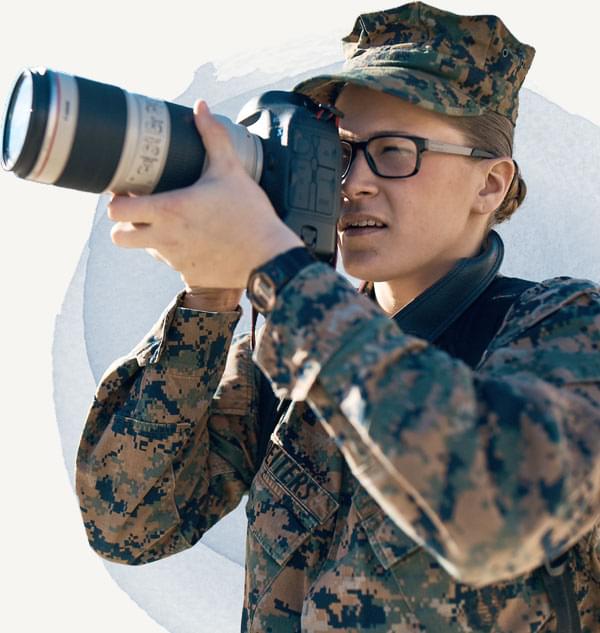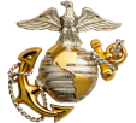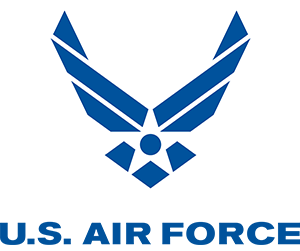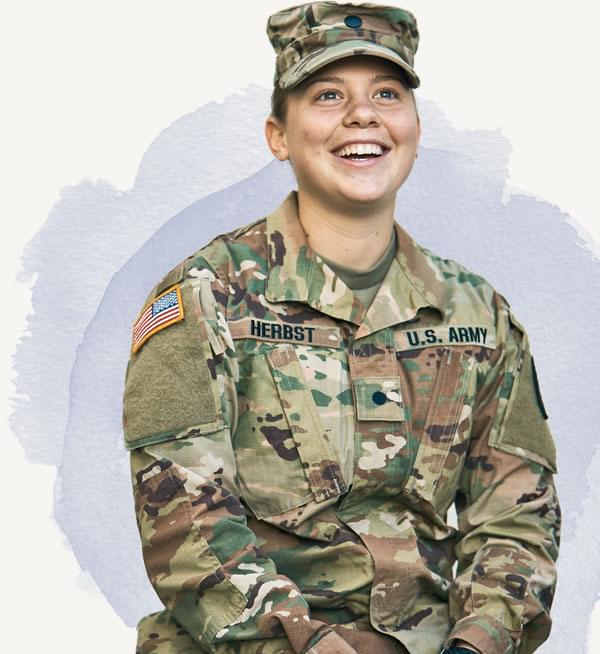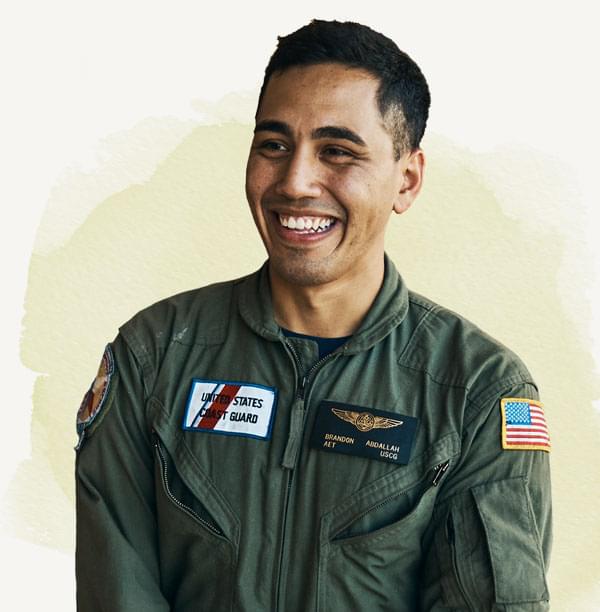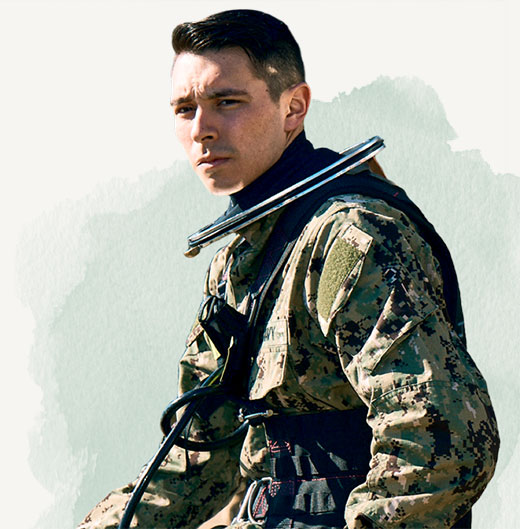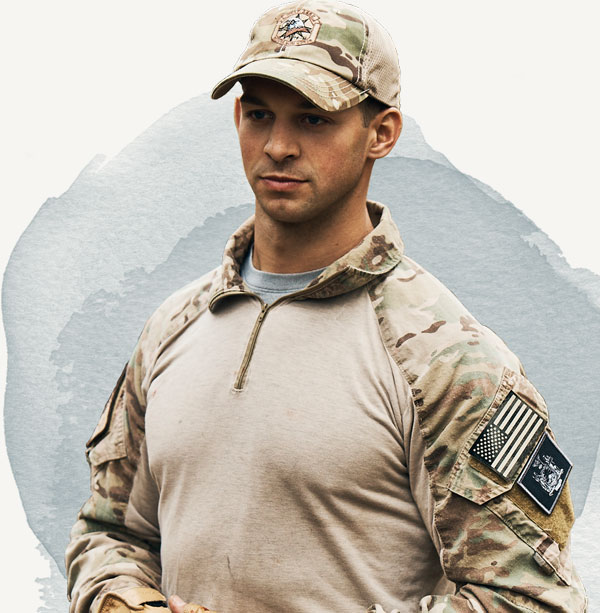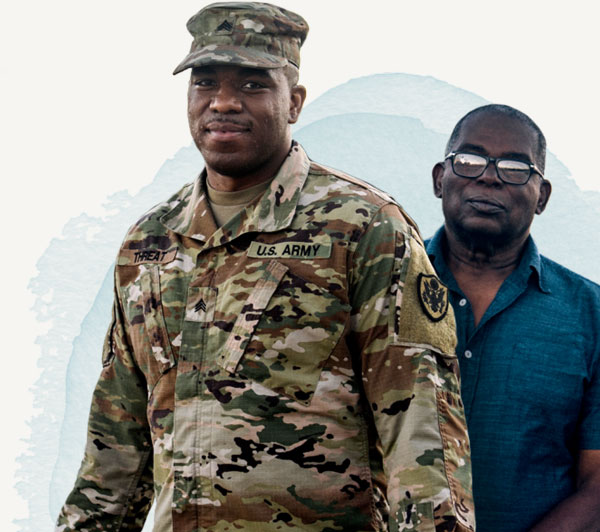Life in the Military
Chain of Command & Communication
The Military is organized into a clear hierarchy consisting of officers and enlisted members. How they interact with each other is guided by rules and steeped in tradition.
On This Page
Chain of Command
Leading the U.S. Military is a singular person who holds the position as commander in chief — the president of the United States. Conversely, newly enlisted service members comprise the most junior ranks. Everywhere in between is a clearly defined structure of officers and enlisted members.
Officers have a managerial role in the Military where they lead mission planning, oversee administrative responsibilities, and assign tasks to those under their command. Enlisted members are leaders in their own right, as they are specialists with the technical talents required to accomplish what's asked of them. Both are critical to mission success and each other’s success.
Unit Structures
From a three-Marine fire team to an Army region of 999,999+ Soldiers, the Military is divided into discrete units of various sizes. Though the titles of these units vary from Service branch to Service branch, each is controlled by a commanding officer (CO), an executive officer (XO) and, in some cases, noncommissioned officers (NCO). Learn more about Service branch unit structures, sizes and chains of command:

Saluting
Almost immediately after joining the Military, service members become familiar with hand saluting and learn about who they must render this courtesy of honor and respect to. Although salutes are always exchanged back and forth between members as a sign of mutual respect, junior military members should always initiate this custom to more senior members. Other guidelines include the following:
- Enlisted members salute all commissioned officers and warrant officers.
- Lower-ranking officers salute more senior officers.
- All service members salute the president of the United States and Medal of Honor recipients.
- Certain authorized civilians in governmental positions and military officers of foreign nations should also receive a salute as if they were officers in the U.S. Armed Forces.
With few exceptions, salutes are never rendered indoors, and service members in civilian clothing or in public places should not exchange salutes. Service members are also not required to salute if they are engaged in work where stopping would present a safety hazard or if their hands are occupied in such a way that saluting is impractical.
There are also many times where service members salute during ceremonies and traditions such as Reveille, Retreat & Taps.
Fraternization
Though socialization is allowed throughout the Military as an essential means of forming meaningful connections, personal relationships between enlisted members and officers, otherwise known as fraternization, are strictly prohibited. This policy exists to ensure that there are no real or perceived conflicts of interest within the command, which are detrimental to morale, unit cohesiveness, and good order and discipline. Because of this, officers and enlisted members reside in different living quarters and are provided separate dining facilities as well.





